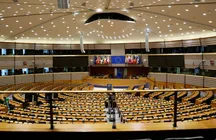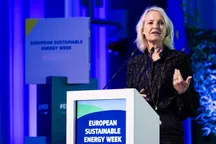Calls 2023 of the LIFE programme, which supports projects for environmental protection, climate and the circular economy, will be published in mid-April. Calls dedicated to energy transition will arrive in mid-May.
LIFE is the programme under which Brussels has managed European environmental and climate funds since 1992.
In total, for the period 2021-27, the LIFE programme can count on 5.432 billion euros (in current prices), including 2.8 billion in the first programming period of European funds, which covers the years 2021 to 2024.
The LIFE programme, we recall, supports projects that are framed in sectors and subprogrammes, specifically:
- Environment Sector, which includes the subprogrammes: Nature and Biodiversity; Circular Economy and Quality of Life;
- Climate Action Sector, which includes the subprogrames: Climate Change Mitigation and Adaptation; Clean Energy Transition.
The 2023-2024 European calls for research and innovation projects on circular economy
Funds provided by LIFE programme
The LIFE Programme provides different types of subsidy according to the different actions activated:
- Standard Action Projects (SAPs)
- Strategic Nature Projects (SNAPs)
- Strategic Integrated Projects (SIPs)
- Technical Assistance Projects (TAPs)
- Other Actions (OAs)
That's what it's all about.





